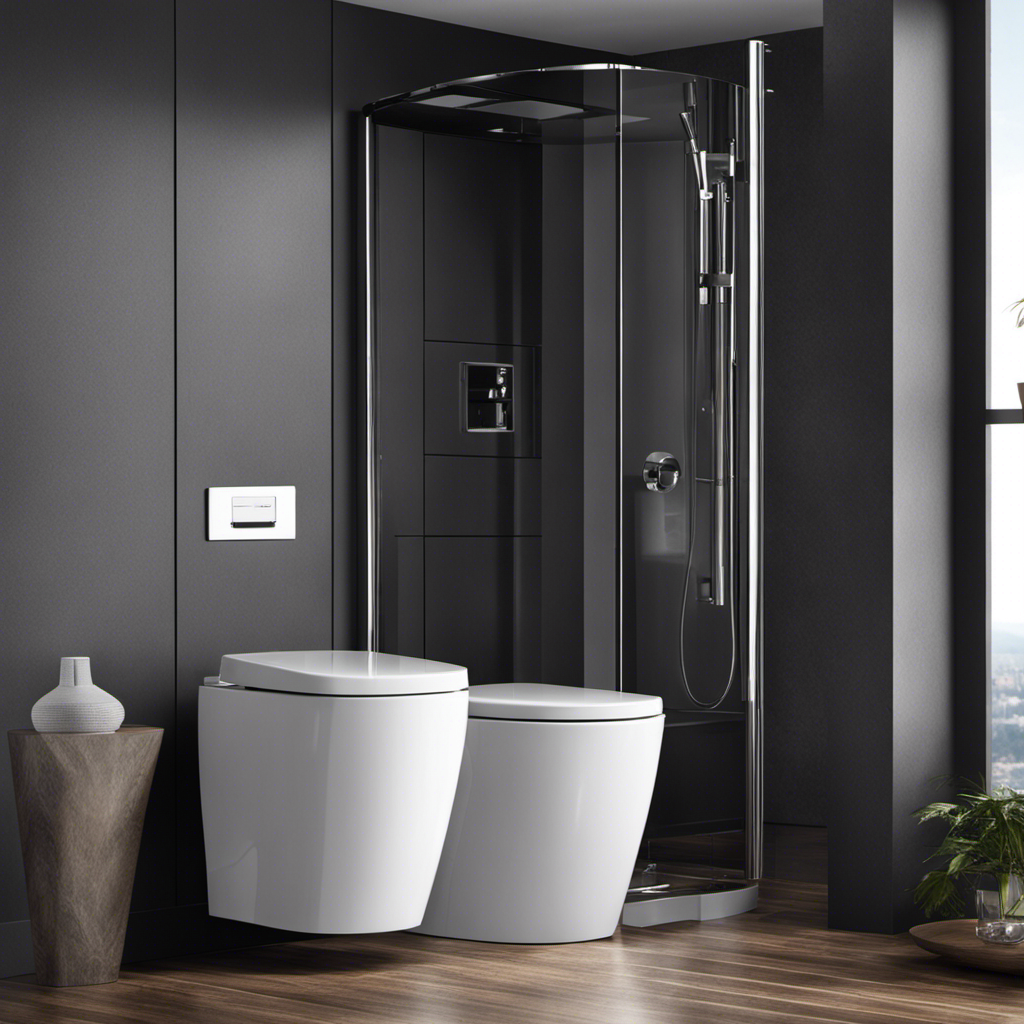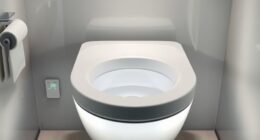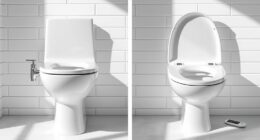Have you ever wondered where all the waste from your toilet goes?
We’re here to shed some light on the mysterious journey of your toilet plumbing system. Just like a complex network of underground tunnels, our waste travels through pipes, propelled by water and gravity.
With each flush, it embarks on a transformative adventure, eventually finding its way to sewage treatment plants.
Join us as we explore the fascinating path that our waste takes, from the toilet bowl to its final destination.
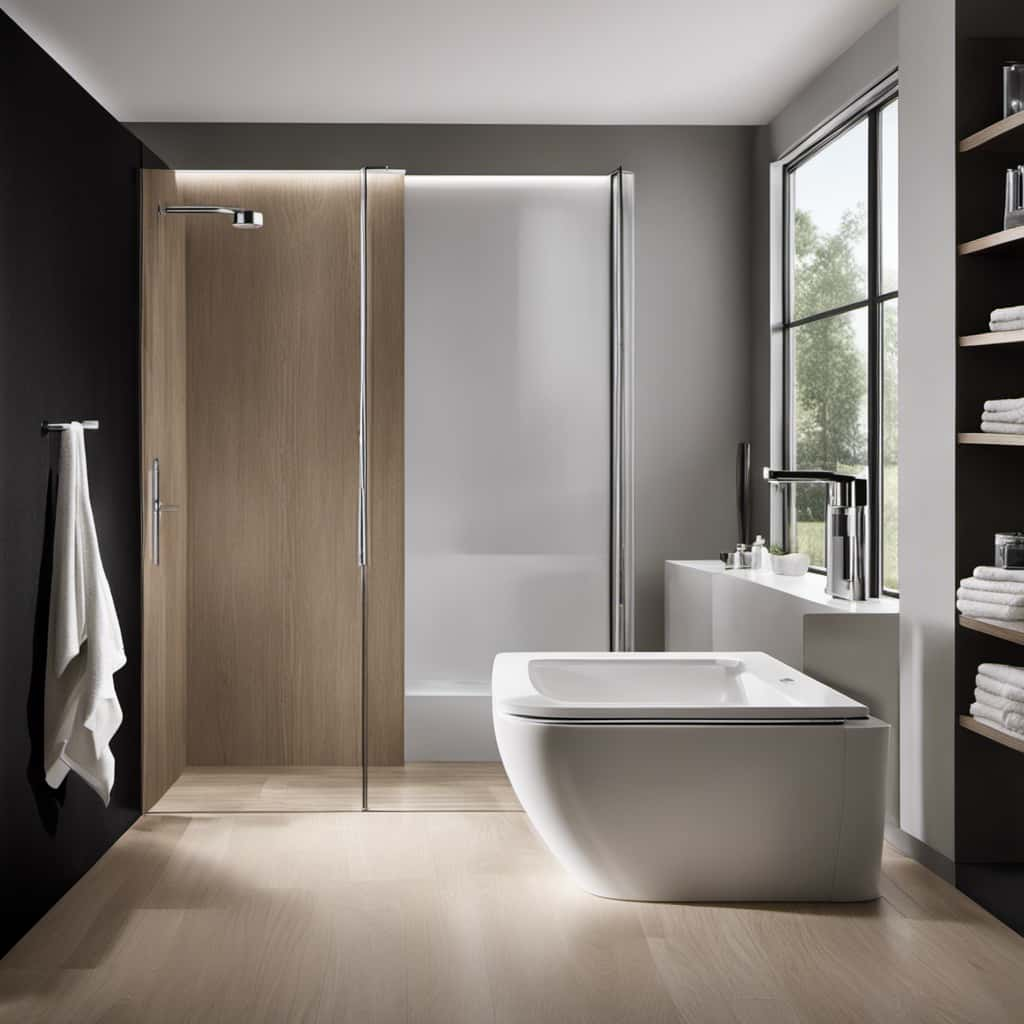
Key Takeaways
- The toilet plumbing system consists of components such as the toilet bowl, tank, flush valve, fill valve, and trap.
- Waste from the toilet travels through the drain pipe connected to the sewer line, which is a larger underground pipe that carries waste to the sewage treatment plant.
- Sewage treatment plants remove harmful substances and pollutants from wastewater through processes like sedimentation, filtration, and disinfection.
- Traditional waste disposal methods like landfills and incineration can have negative environmental impacts, while alternative methods like composting and anaerobic digestion offer more sustainable solutions.
The Toilet Plumbing System: an Overview
Let’s delve into the toilet plumbing system and see where it all goes.
The toilet plumbing system is a crucial component of any household, requiring regular maintenance to avoid common plumbing issues. It consists of various interconnected parts that work together to ensure the proper functioning of the toilet.
The main components include the toilet bowl, the tank, the flush valve, the fill valve, and the trap.
Toilet plumbing maintenance involves periodic inspections to check for leaks, clogs, or any other issues that may arise. It’s important to keep the system clean and free of debris to prevent blockages and ensure efficient flushing.
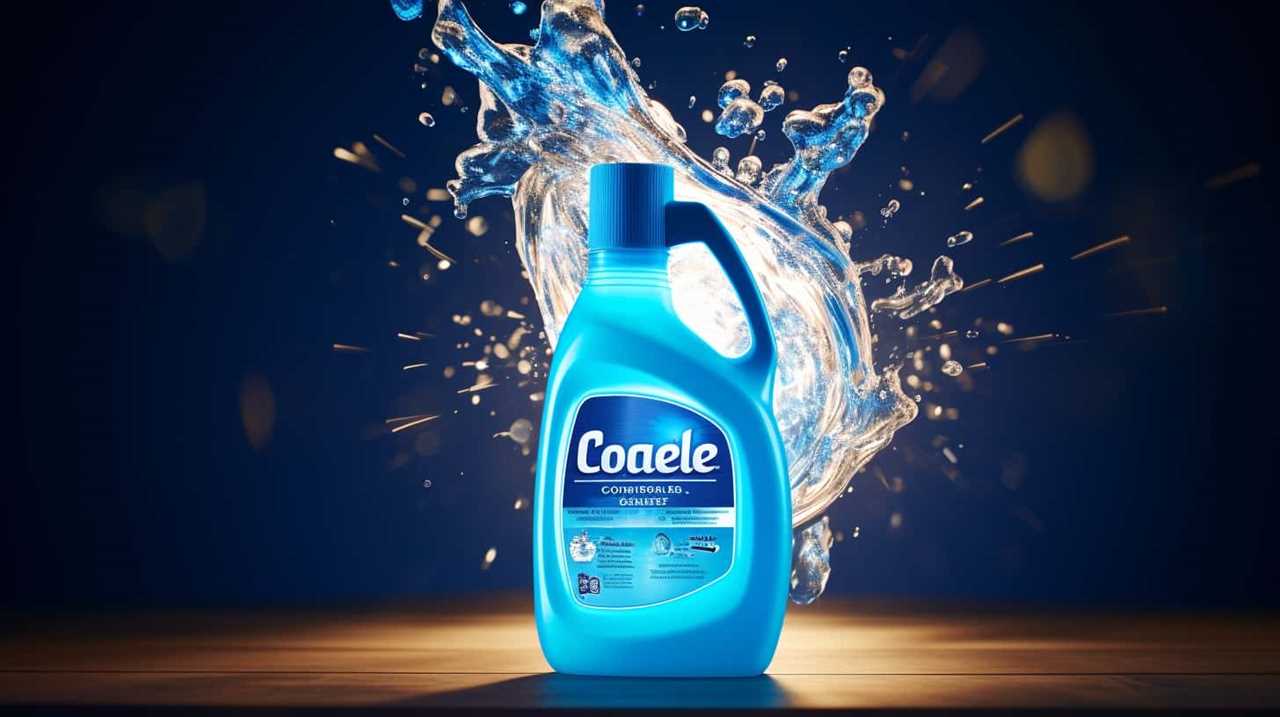
From the Toilet Bowl to the Sewer Line
The toilet plumbing system directs waste from the toilet bowl to the sewer line. This process begins with the toilet plumbing installation, which includes the toilet bowl, the trap, and the drain pipe. When we flush the toilet, the water and waste flow into the trap, a curved section of the pipe that prevents sewer gases from entering the bathroom.
From the trap, the waste continues through the drain pipe, which is connected to the sewer line. The sewer line is a larger underground pipe that carries the waste to the sewage treatment plant. This waste disposal process ensures that the waste from our toilets is safely transported and treated.
Now that we understand how the waste is directed from the toilet bowl to the sewer line, let’s delve into the next section about understanding sewage treatment plants.
Understanding Sewage Treatment Plants
Moving on to the next topic, we’ll now explore the vital role of sewage treatment plants in our waste disposal process. Sewage treatment plants play a crucial role in ensuring that our wastewater is treated properly before being released back into the environment. Here are two important points to consider:
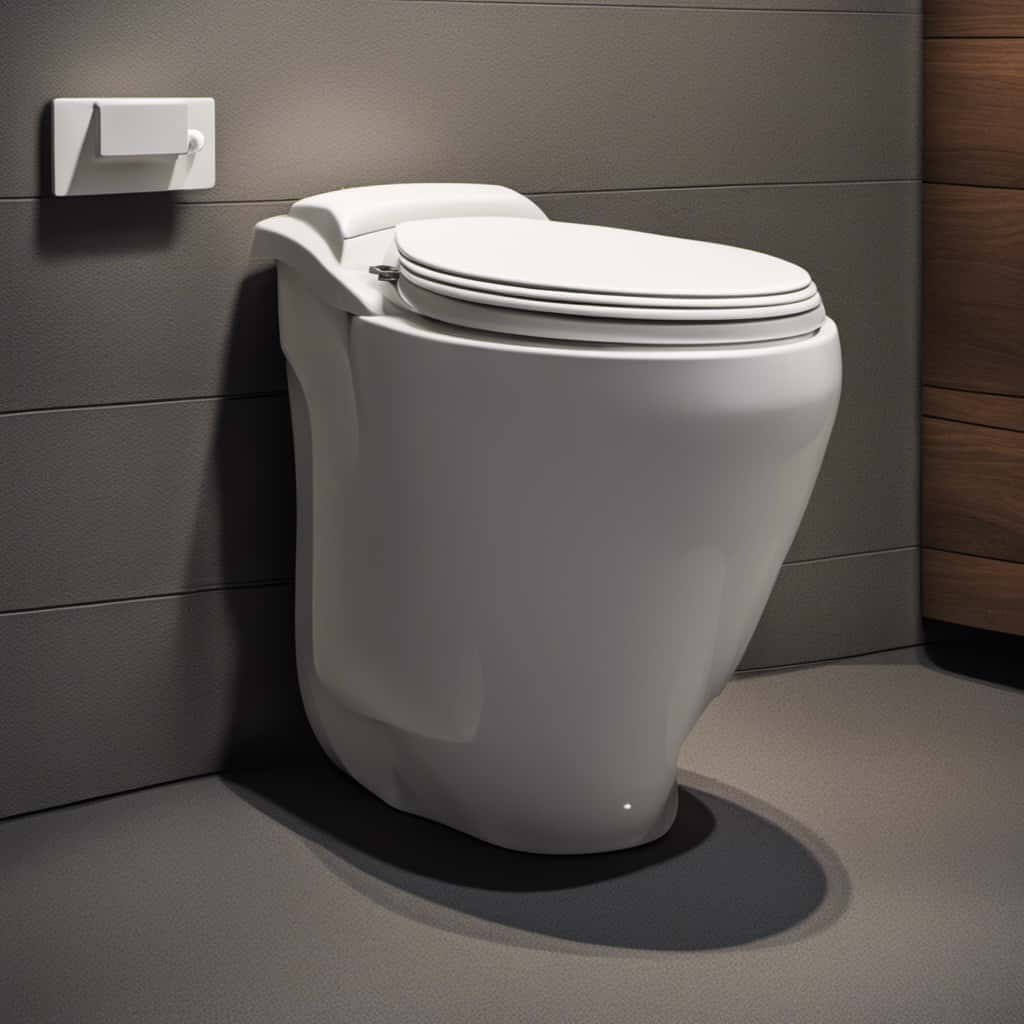
- Environmental Impact: Sewage treatment plants are designed to remove harmful substances and pollutants from wastewater, minimizing the impact on ecosystems and public health. Through various treatment processes such as sedimentation, filtration, and disinfection, these plants remove contaminants and reduce the risk of waterborne diseases.
- Role of Bacteria: Bacteria are essential in sewage treatment plants as they facilitate the breakdown of organic matter. They help convert complex compounds into simpler forms that can be easily removed or decomposed. Bacterial action is a key component in the treatment process, ensuring that wastewater is thoroughly treated and safe for release.
Understanding the functioning of sewage treatment plants is crucial for maintaining a sustainable waste management system. Now, let’s delve into the journey of waste through the sewer system.
The Journey of Waste Through the Sewer System
Exploring the journey of waste through the sewer system, we begin by understanding the process of waste disposal from toilets. Once flushed, the waste travels through the plumbing system and enters the sewer system. From there, it embarks on a complex journey towards its final destination.
As the waste flows through the sewer system, it encounters various environmental impacts. The high concentration of organic matter can lead to the depletion of oxygen in water bodies, causing harm to aquatic life and disrupting the delicate balance of ecosystems. Additionally, the presence of harmful chemicals and pathogens in the waste poses a risk to human health and the environment.
Maintaining the sewer system poses several challenges. The accumulation of solid waste and debris can lead to blockages and sewer overflows, causing unpleasant odors, property damage, and potential health hazards. Additionally, aging infrastructure and inadequate funding can hinder proper maintenance and repair efforts, exacerbating these challenges.
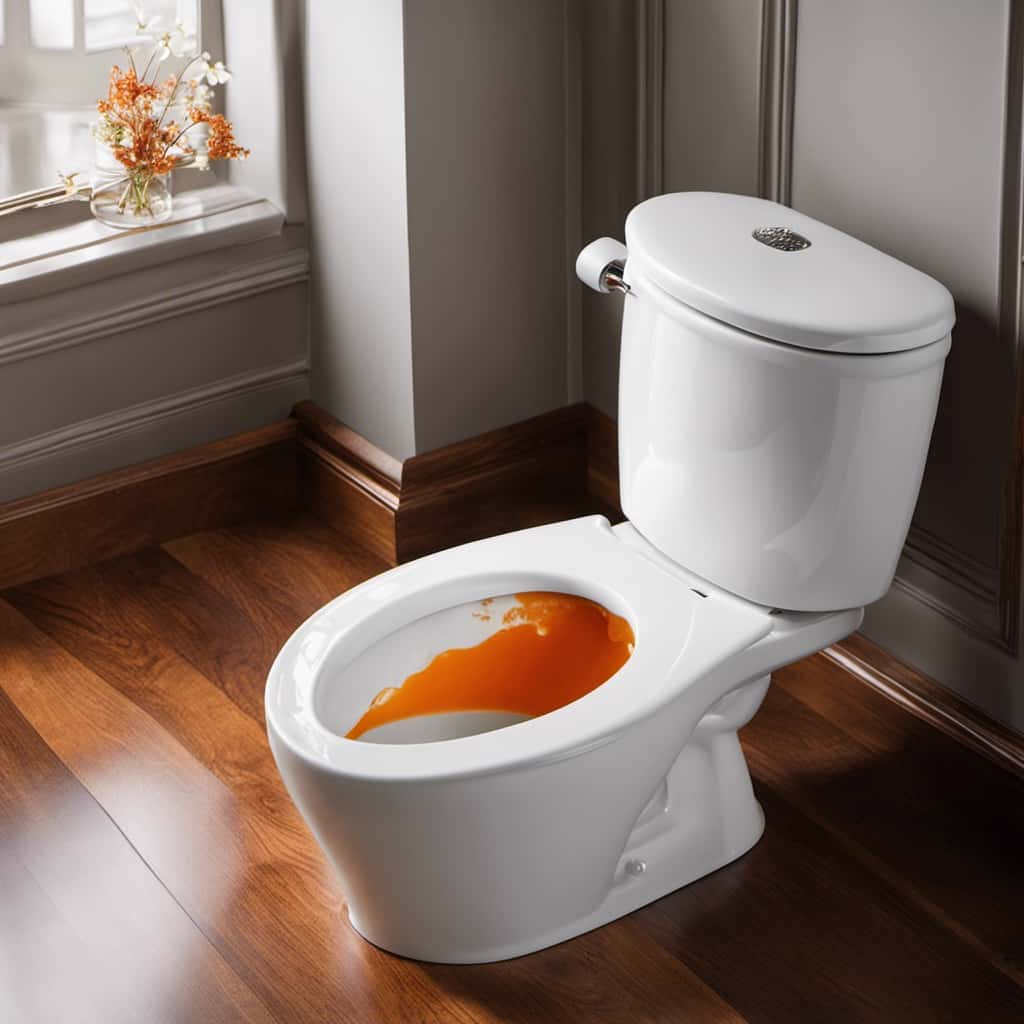
To mitigate the environmental impacts and overcome the challenges in sewer maintenance, it’s crucial to invest in modernizing and upgrading sewer systems, implementing effective waste management practices, and raising awareness about the importance of responsible wastewater disposal.
Where Does It All End Up? Exploring the Final Destination
Once the waste reaches its final destination, we can see the impact it has on the environment and our communities. It’s crucial to examine the environmental impact of traditional waste disposal methods and explore alternative solutions.
- Traditional Waste Disposal Methods:
- Landfills: Waste is buried in designated areas, leading to potential contamination of soil and groundwater.
- Incineration: Waste is burned, releasing harmful pollutants into the air and contributing to air pollution.
- Alternative Waste Disposal Methods:
- Composting: Organic waste is decomposed naturally, producing nutrient-rich soil that can be used for gardening and agriculture.
- Anaerobic Digestion: Waste is broken down by microorganisms in the absence of oxygen, generating biogas as a renewable energy source.
Frequently Asked Questions
What Are Some Common Issues or Problems That Can Occur in a Toilet Plumbing System?
Common issues with toilet plumbing include leaks and problems with installation. Leaky pipes and faulty connections can cause water damage and mold growth. Proper installation is crucial to ensure efficient and effective functioning of the toilet plumbing system.
How Can I Prevent Clogs and Blockages in My Toilet Plumbing System?
To prevent toilet clogs, we can be mindful of what we flush, avoid excessive toilet paper usage, and regularly clean the pipes. In case of a clog without a plunger, we can try using a toilet auger or a mixture of hot water and dish soap.
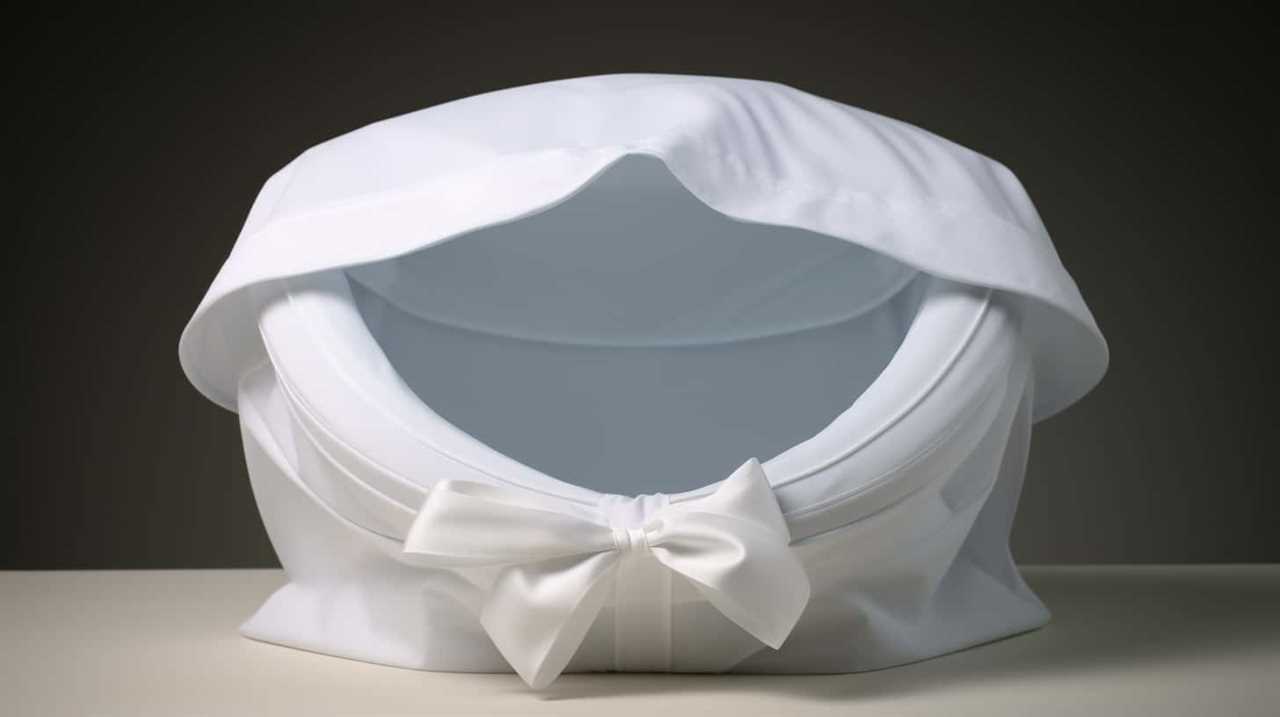
Are There Any Specific Maintenance Tips or Practices for Keeping My Toilet Plumbing System in Good Condition?
To keep our toilet plumbing system in good condition, we should perform regular maintenance tasks such as cleaning the toilet bowl, checking for leaks, and ensuring proper water flow. If repairs are needed, it’s important to address them promptly to prevent further damage.
Can Certain Items or Materials Cause Damage to the Toilet Plumbing System?
Certain items or materials can absolutely cause extensive damage to the toilet plumbing system. It’s crucial to be mindful of what you flush down the toilet, as common repairs often stem from clogs or blockages.
Is It Possible to Install a Toilet Plumbing System in a Location Where There Are No Sewer Lines Available?
It is possible to install alternative toilet plumbing systems in locations without sewer lines. However, these options have pros and cons. Some alternatives include composting toilets, incinerating toilets, and chemical toilets.
Conclusion
In conclusion, the journey of waste through the toilet plumbing system is akin to a winding river flowing towards its final destination.

From the toilet bowl to the sewer line, the waste travels through the intricate network of pipes and eventually reaches sewage treatment plants.
These plants meticulously process and purify the waste, ensuring its safe disposal or reuse.
So, next time you flush, remember the unseen voyage your waste undertakes and the vital role played by the plumbing system in maintaining cleanliness and hygiene.





